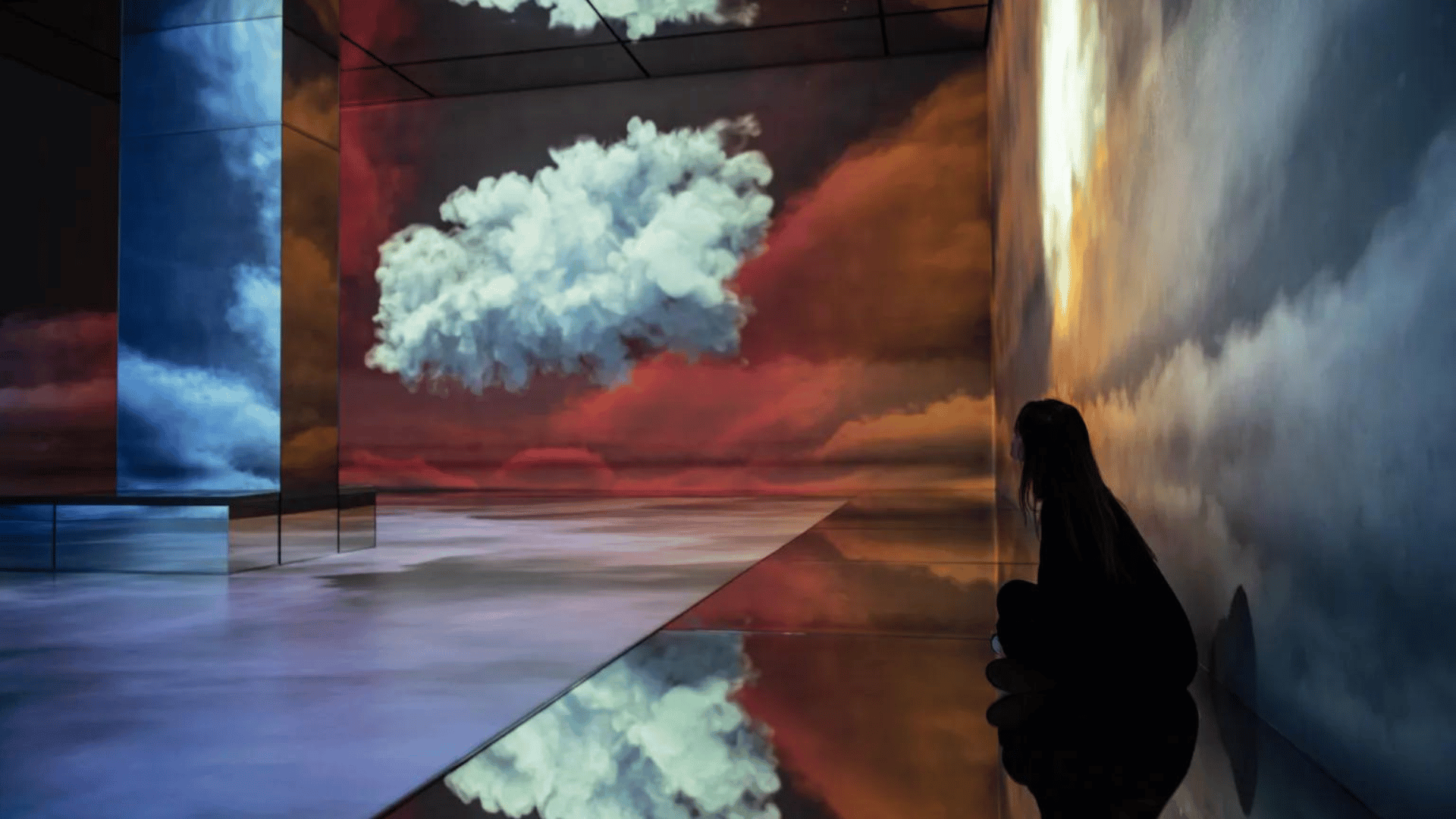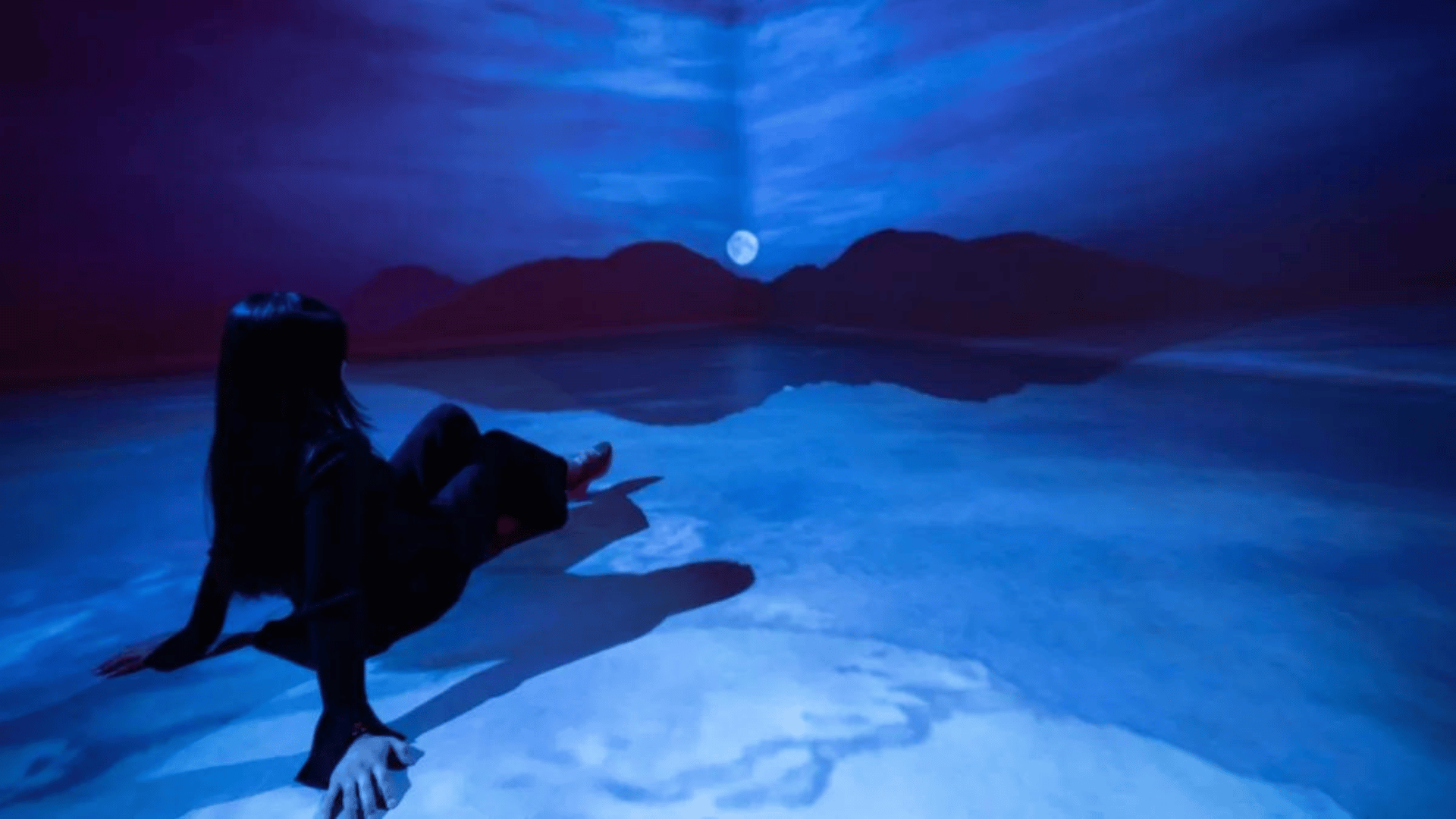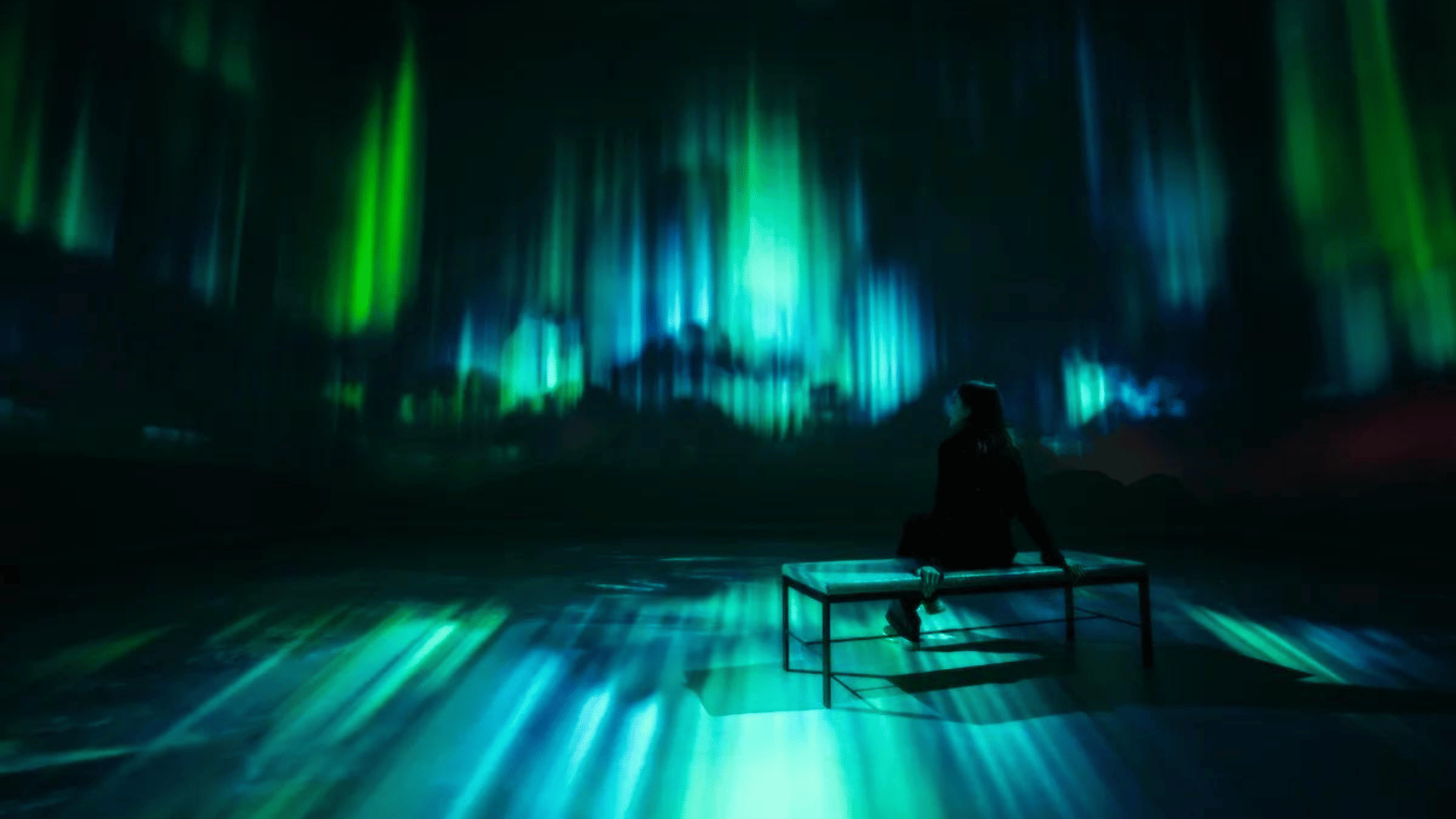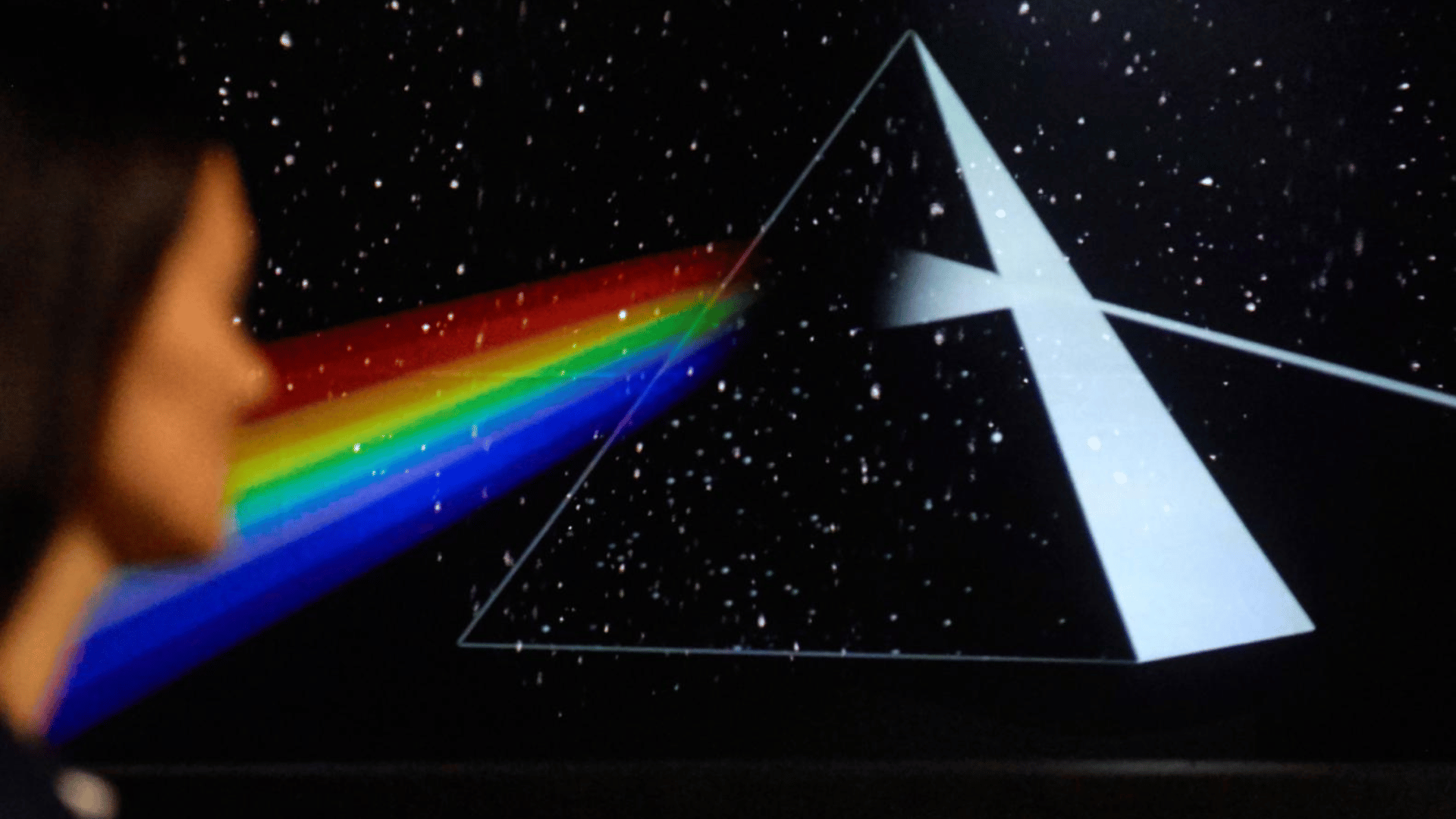An interactive art experience called “Brainstorms: A Great Gig in the Sky,” involved recording brain activity and featured the music of Pink Floyd.

For an extra fee, exhibition visitors recorded their brain activity while listening to Pink Floyd’s classic album “The Dark Side of the Moon.” Later, the recording was displayed as a cloud and synced to the soundtrack in a large room of London’s immersive art gallery Frameless.
“Brainstorms” was a June 2024 exhibition that followed last year’s experiment in which neuroscientists re-created Pink Floyd’s “Another Brick in the Wall, Part 1” using AI to decipher the brain’s electrical activity. The new exhibition featured advanced technology, including Emotiv EEG headsets, spatial audio, and Unreal-powered visualizations.
The exhibition’s original inspiration was the music of the late Pink Floyd keyboardist Richard Wright, whose daughter wanted to do something special to celebrate the album’s 50th anniversary. Composer and music technologist JJ Wiesler, co-founder of San Francisco-based creative outlet Pollen Music Group, took on the challenge.

Gala Wright originally planned to focus on neuroscience, the study of the human brain’s reaction to music. She partnered with Pollen and Dolby to record the brain activity of 125 volunteers listening to “The Great Gig in the Sky,” synced with ad hoc software.
The experiment formed the basis of “Aurora,” a creation in which the moon glowed over the arctic tundra, progressing into an aurora borealis. Engagement with this piece triggered red aurora hues, with relaxation adding “a calming blue” and excitement enlivening the aurora’s movement.
“Aurora” was located in Frameless’s largest gallery, and the front room of the gallery houses “Eclipse,” a bird-inspired room created in collaboration with London-based music artist Imogen Heap. In this exhibition, electrical power from the brain fueled solar activity, creating flares and ejections, while the brain’s regional activity was aligned spatially with the sun’s surface activity.

A musician known for engaging with technology, Heap was also featured in “Murmur,” an exhibition set to her track Cumulus. Two starling flocks—murmurations—represented her brain activity, and her daughter danced in the sunset. This portion of the exhibit showed how two different people can be affected by music in different ways.
Visitors who opted into EEG readings received a summary of their brain activity a few days after their visit. The summary was accompanied by explanations on gamma, beta, alpha, and theta brain waves and an analysis of one’s state of mind.
“We created a visualization engine about how clouds form because Richard Wright was an amateur photographer who took thousands of pictures of clouds,” Wiesler stated.





